Who wouldn’t be grossed out at the sight of standing wastewater in the kitchen or bathroom sinks?
We get that calling a professional might not always be feasible due to budget or time issues. But do you know how to unblock a sink yourself without harming your plumbing?
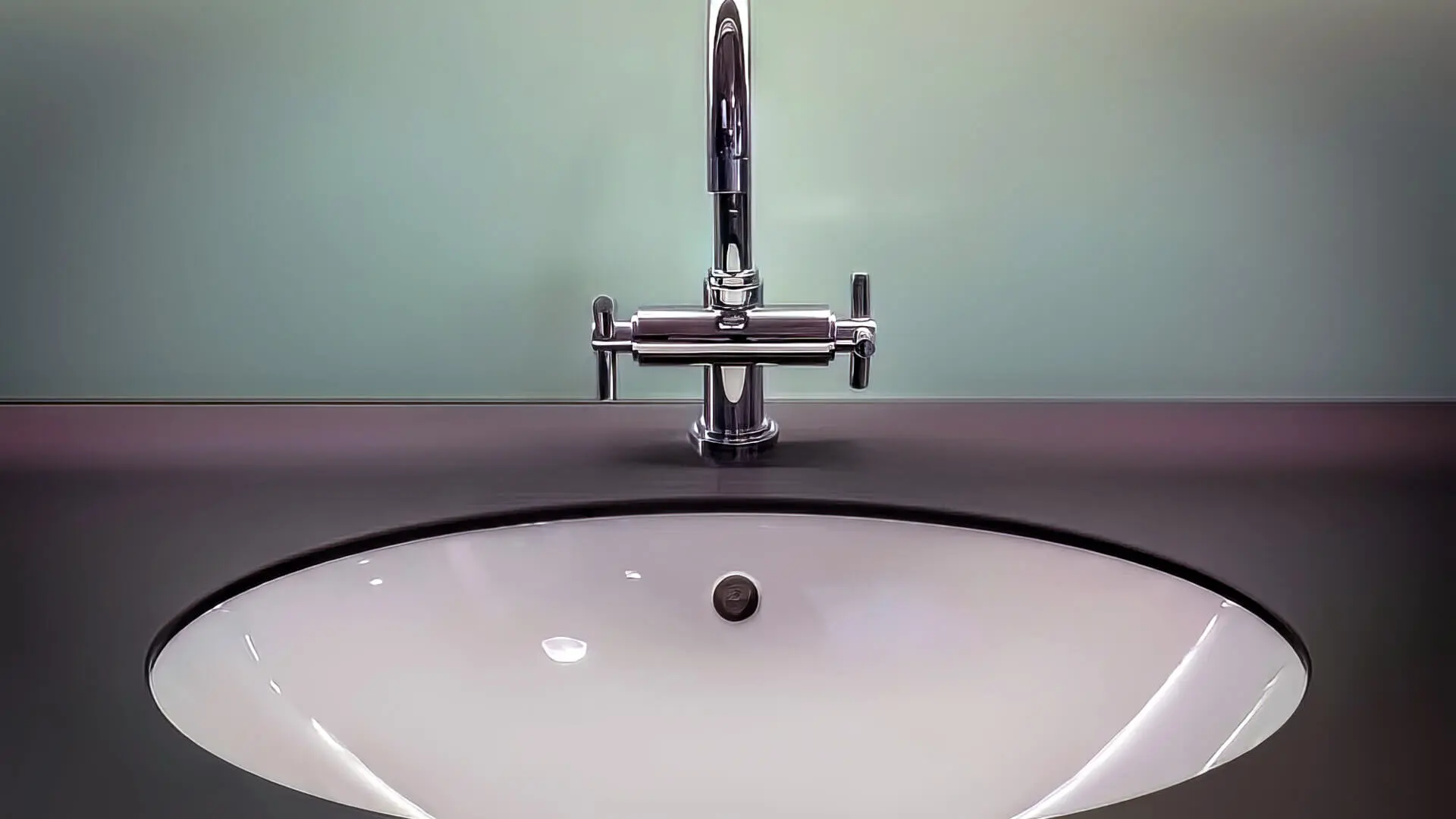
Today, we’re here to guide you through fixing this with some DIY steps. Let’s jump in and learn how to unclog a sink in 10 easy steps!
How To Unblock A Sink In 10 Steps?
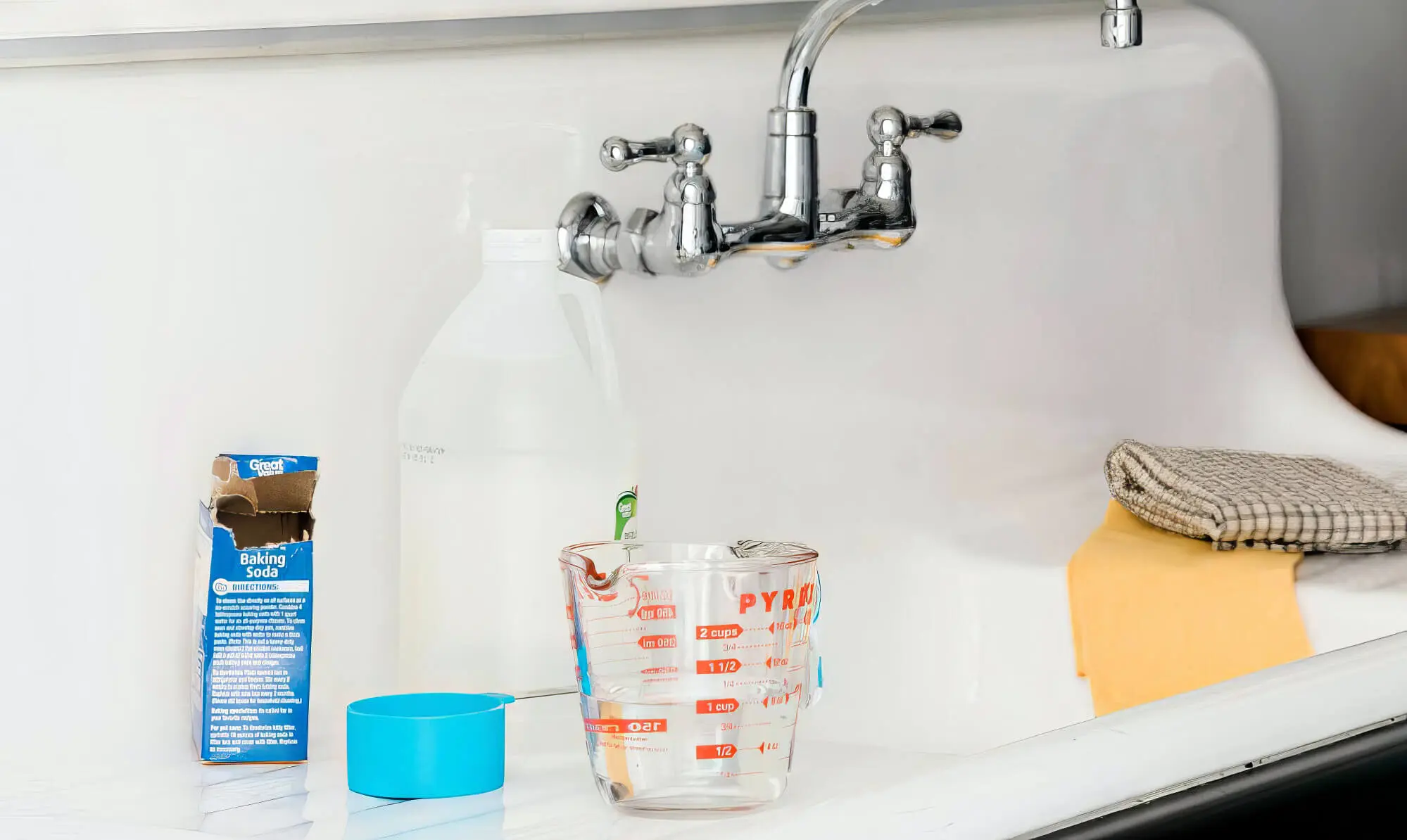
It might seem unbelievable, but you can tackle a clogged sink with just a few household items. Here’s what you’ll need:
- An empty bucket and a container
- Wooden spoon
- Old towels or dishcloths
- Rubber gloves
- Hot water
- Plunger (preferably with a long handle)
- Drain snake
- Baking soda and vinegar
- Soda crystals
- Caustic soda
- Screwdriver
This list might look daunting, but don’t worry—you may not need all of it. The tools and steps you’ll use really depend on how stubborn the clog is. Still, we’ll guide you through every possibility to make sure you’re covered!
Step 1: Empty The Sink
If your blocked sink is filled to the brim or has started overflowing, you must remove some dirty water. Otherwise, you won’t be able to reach the drain stopper, no matter which technique you want to use.
Put on your protective gloves and carefully pour the wastewater into the bucket using the empty container until no more than an inch or two of water is left in the kitchen or bathroom sink. Please dispose of the water in the bucket (as you may need it later), and don’t even think of reusing the container (unless there’s a blockage again!).
Step 2: Clean The Drain Hole
Depending on the depth of your sink and the amount of water removed, you may see the drain hole at this point. Remove it if you notice garbage disposal waste, such as food scraps, coffee grounds, or hair strands. This may help drain some standing water, but you’d still need to do more to unblock the sink thoroughly.
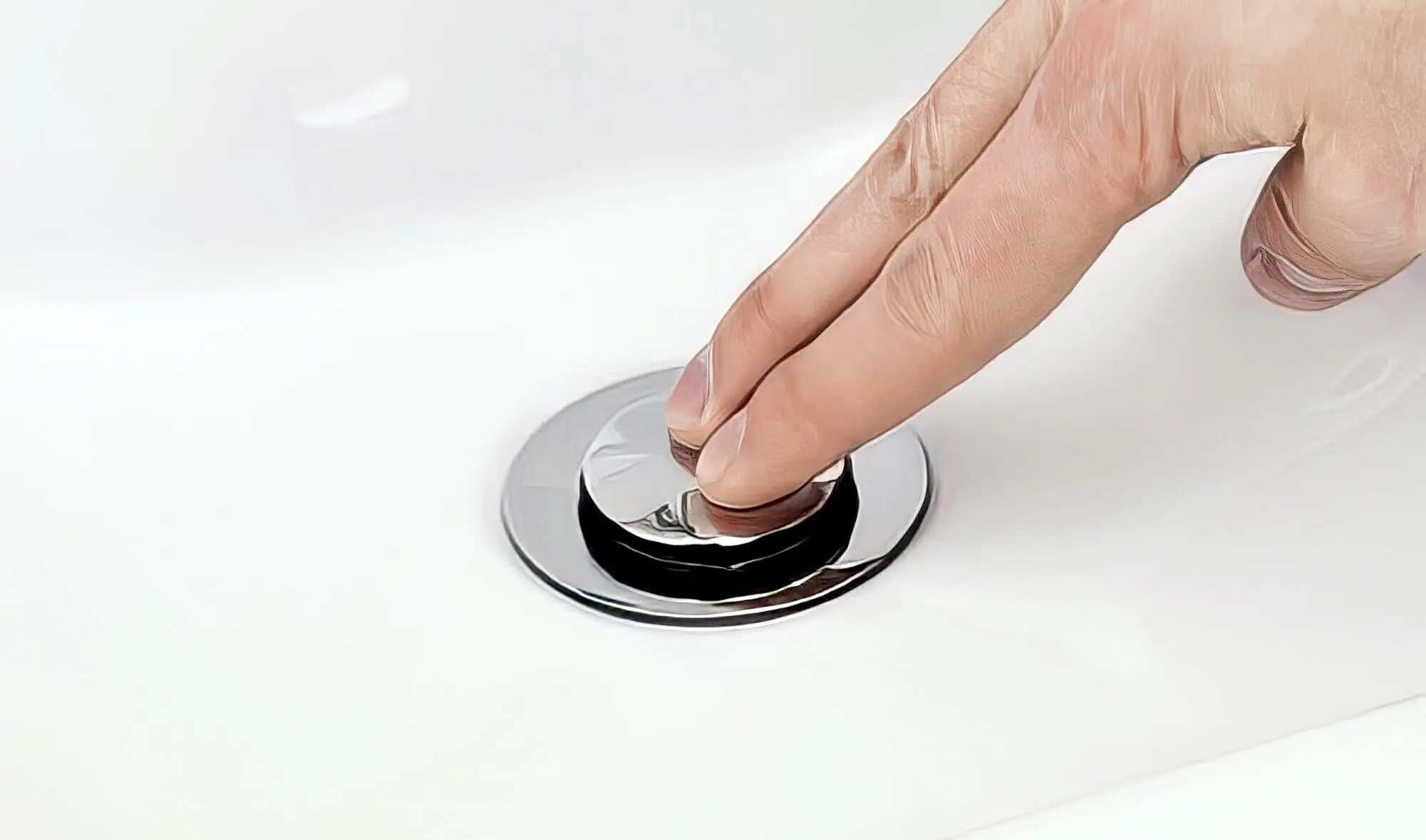
Step 3: Pour Boiling Water
Use an old towel or dishcloth to block the overflow, ensuring an airtight seal. Then, gradually pour a whole kettle of hot water down the drain. Take time with this step to avoid any backsplash, which may burn your skin.
Let this step sit for about 30 minutes; you should see the standing water start to drain slowly. If needed, repeat a couple of times until it’s all cleared. If it’s still stubborn after a few tries, head to step 3.
Tip
Boiling water can damage PVC pipes, so use warm water instead.
Step 4: Employ The Plunger Method
To unblock the sink with a plunger, place the plunger head over the drain hole to create suction. Gently but firmly push the handle to break up the clog, ensuring the overflow hole is blocked. Once it’s clear, rinse with hot or warm water.
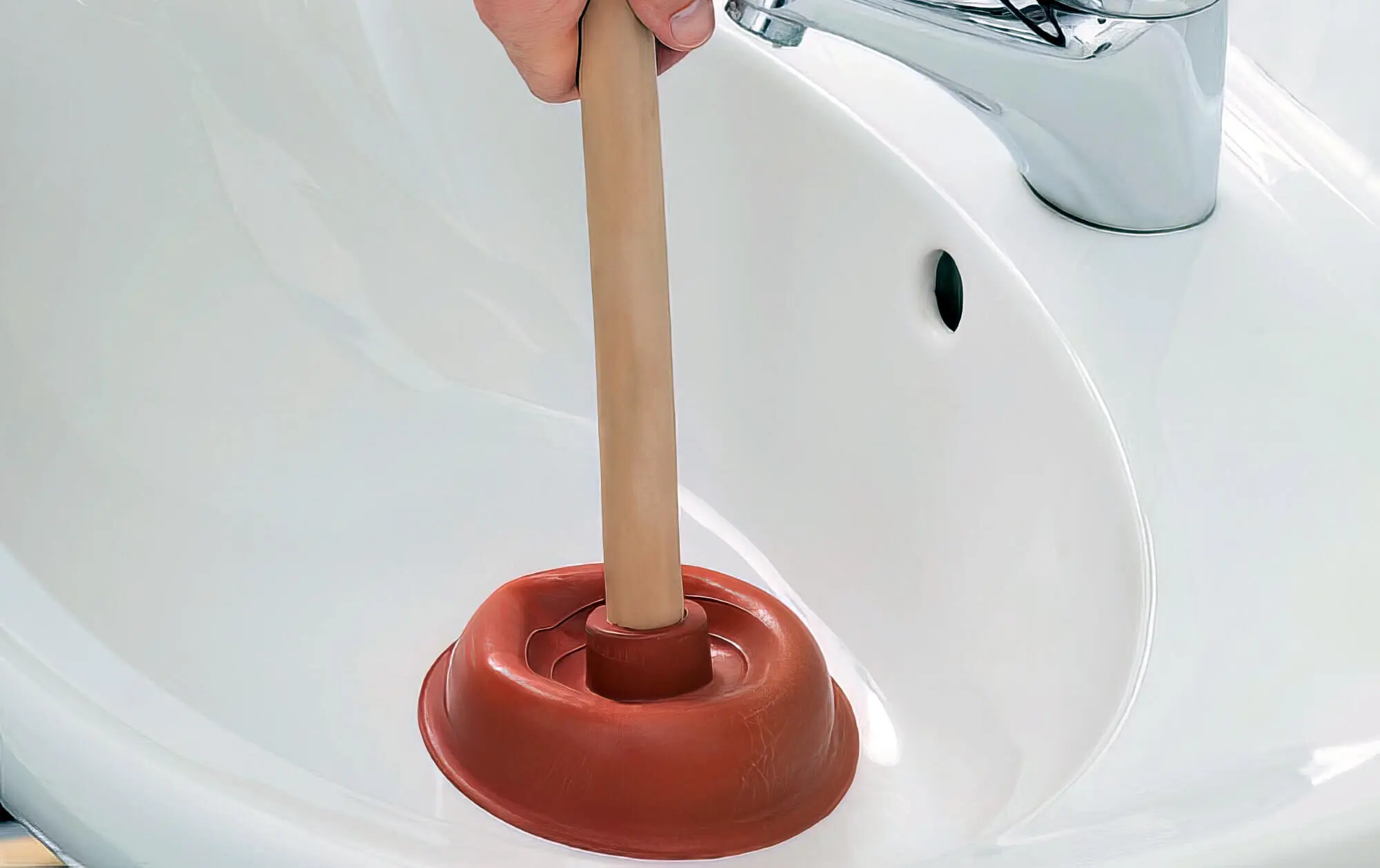
Step 5: Bring Out The Drain Snake
If the plunger doesn’t work satisfactorily (or if you don’t have one handy), get a drain snake, remove the drain plug and insert it through the stub pipe. Continue inserting it through the sink drain until you feel resistance- a sign that you’ve hit the clog.
Pull the head out of the pipe, which should also bring some debris. If it doesn’t, the clog is likely caused by accumulated grease, soap scum or oil, so you should push the head to break it. Wait for the stagnant water to drain, and finish off by pouring hot water.
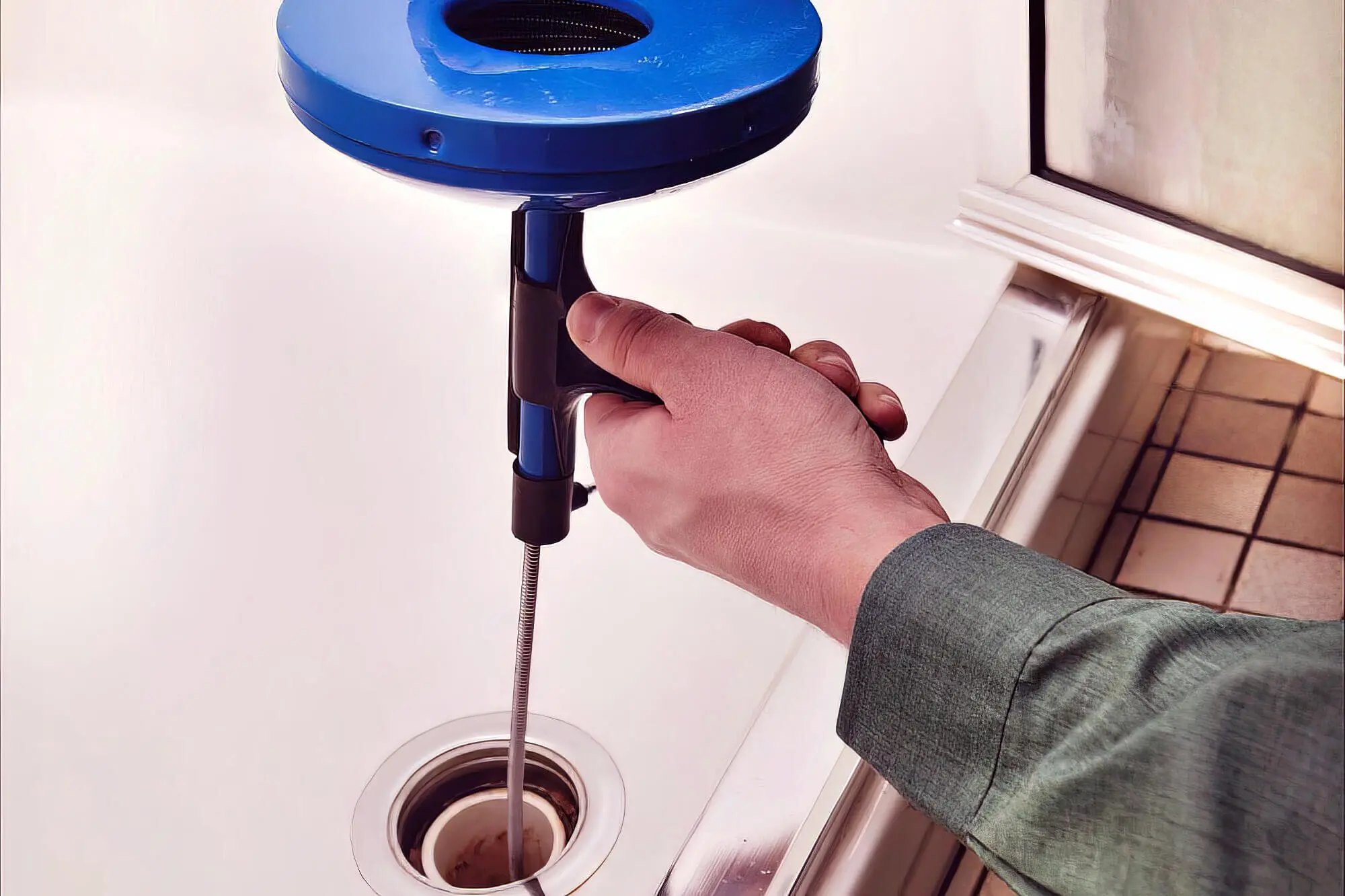
Tip
You can replace the drain snake with a straightened wire coat hanger or net curtain wire. Bend the latter at one end to create a hook-like structure.
Step 6: Use Baking Soda And Vinegar
If physical methods don’t clear your clogged kitchen sink or blocked bathroom sink, pour two tablespoons of baking soda and a cup of white vinegar down the drain. The baking powder and white vinegar solution will form a fizzy chemical reaction inside the sink drain, dissolving all organic matter. As such, it’s most effective in breaking clogs due to organic waste like soap residue or food particles.
Cover the drain hole until the fizz dies down completely, and flush the drain with warm or hot water several times to unclog the blocked sink.
Step 7: Use Soda Crystals
You can replace the vinegar and baking soda formula with soda crystals (or use them one after the other). Dissolve half a packet of soda crystals in boiling water and pour this sink unblocker solution down the drain. This method works best for breaking clogs made of soap and grime.
Step 8: Use Caustic Soda
A caustic soda solutioncan be as effective as chemical cleaners, minus the damage that chemical drain cleaners inflict. Mix 3 cups of caustic soda in 3 litres of cold water in a bucket and mix them with a wooden spoon. The solution will give off some fizz and heat.
Pour this near the drain hole and leave the bathroom or kitchen sink undisturbed for half an hour before you flush it with 4 to 5 litres of boiling water. Be careful with this drain cleaner method to prevent caustic soda burns.
Step 9: Clean The U-Bend
If none of the above methods works, place a bucket underneath the sink and remove the u-bend (or p-trap) to drain the stagnant water. Clean this part thoroughly with soap and water and let it dry.
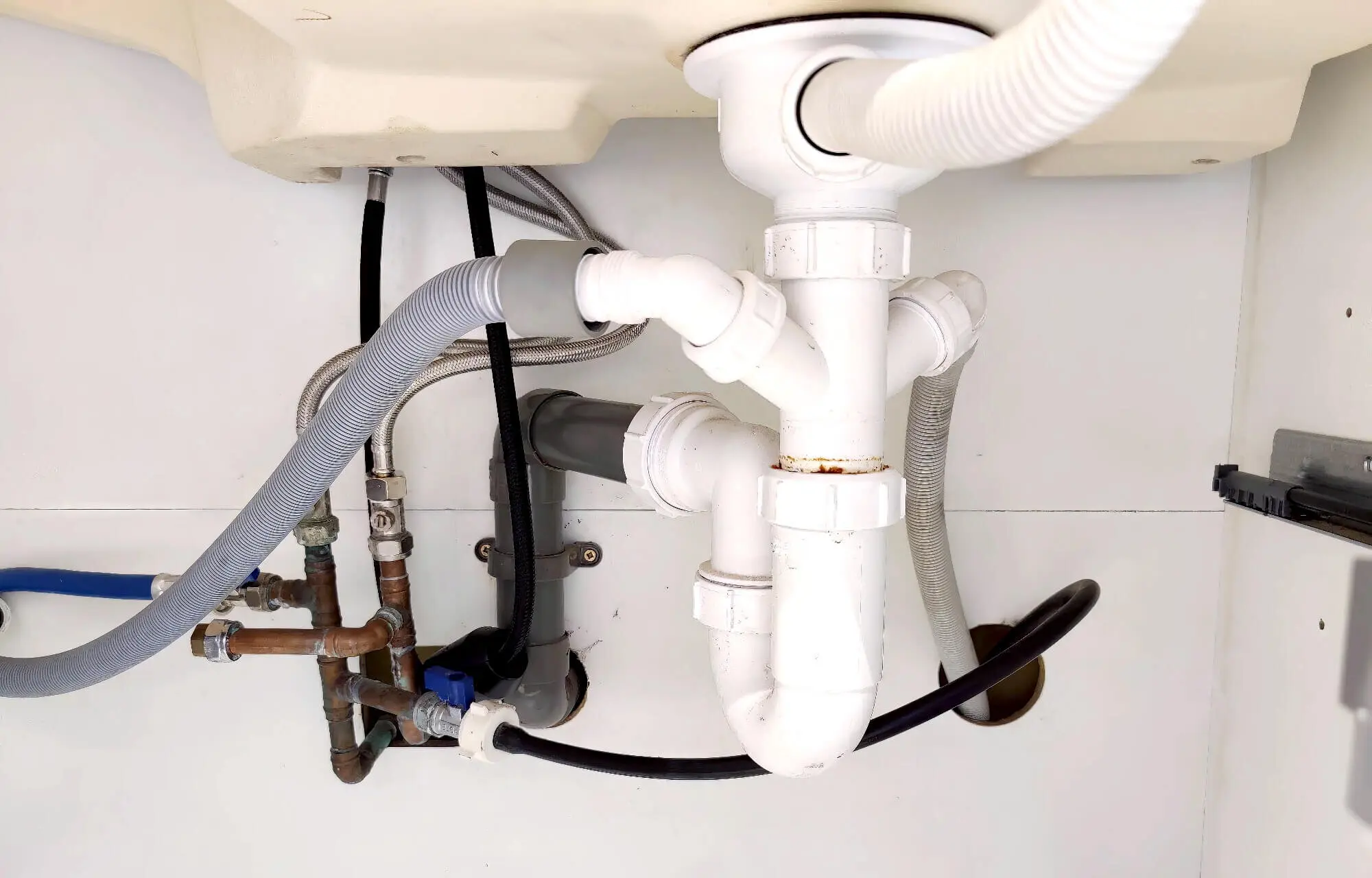
Step 10: Reattach The U-Bend
Finally, screw back the U-bend and turn on the faucet to ensure your sink drains correctly. Place a drain hole to catch solid waste and avoid future blockages as much as possible.
How To Unblock A Sink: DIY
Cleaning a blocked sink or drain can become messy despite having all the tools and resources. Besides, removing the p-trap may be difficult for some people, especially those who don’t excel in DIY jobs.
You should reach out to us at Big Blue Plumbing in such situations. We have a team of licensed plumbers who can clean indoor and outdoor water drains, no matter the intensity or cause behind the clogged gutters. So, don’t hesitate to give our blocked drain plumbers a call.
We hope you learned something about unblocking a sink from this guide!



